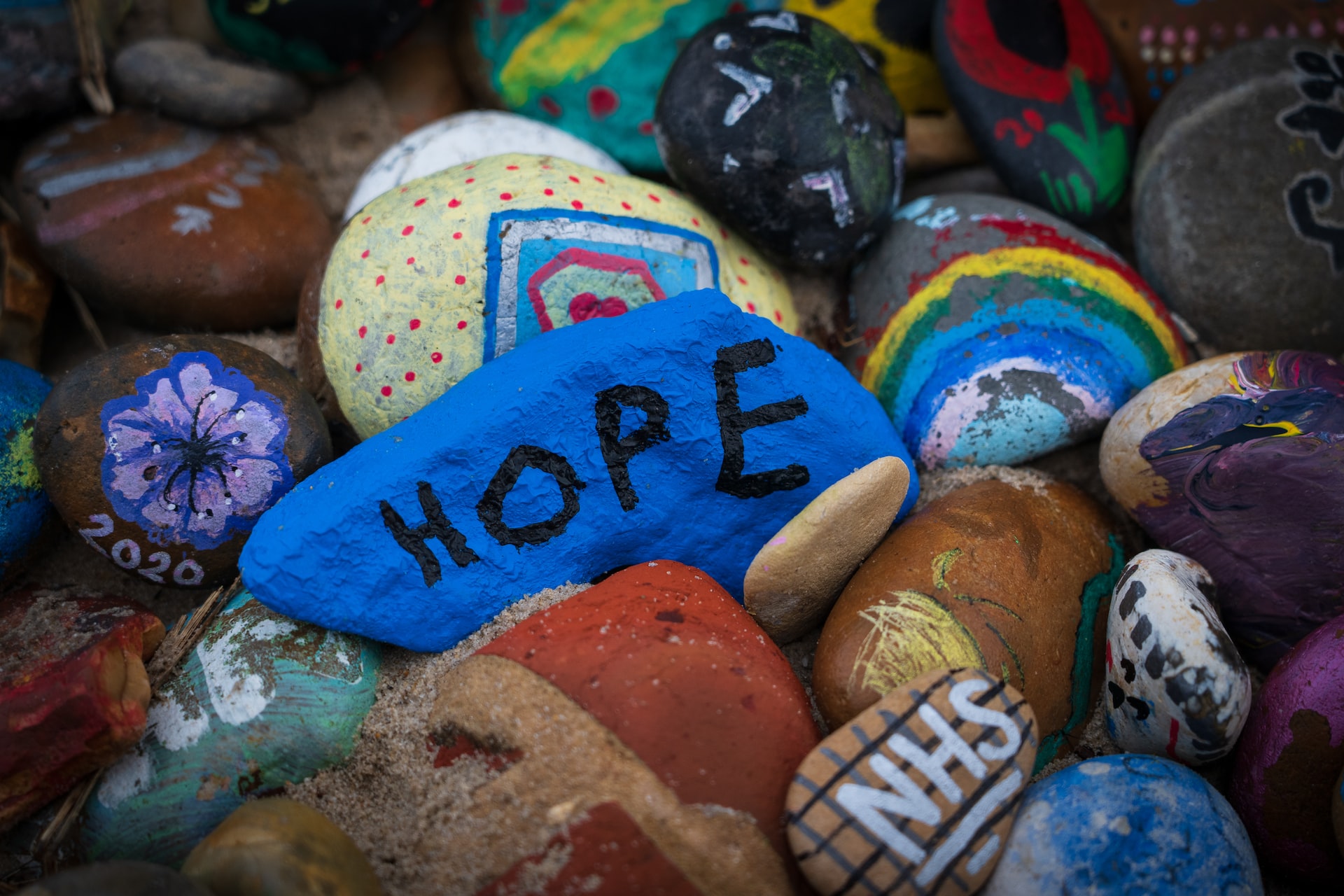Restoring Hope and Optimism in Schools
Restoring hope and optimism in schools can start with simply creating positive vibes

There is a delightful YouTube channel called Pocketful of Primary. The host documented her seven-year teaching experience, offering great ideas for classroom organization and teaching strategies. She recently posted a video explaining why she left teaching. She was overextended! She had no hope of being able to manage both teaching and the social media presence she had grown, and one became more fulfilling than the other. She relied on her optimism in helping other teachers guide her decision.
Hope and optimism are the nets between humans and the abyss. But what exactly is hope, and how does one find it? According to some theorists, hope can live in the heart and mind. Hope theory suggests a perceived capability to achieve desired goals by motivating through agency thinking. We find this with people experiencing significant illnesses or trauma in particular.
Optimism is formed through close relationships, business life, and a lifestyle that comprises a happy life. It acts as a middleman between what is happening in a person’s environment and how that person assesses what is happening. Without hope and optimism, humans are lost.
Sometimes the noise of negativity impacts optimism and decreases hope. For instance, it must be challenging for a principal to hear about how horrible public schools are when he/she is in the process of leading one. But we seldom think about the words we use or the timing of our expression. In today’s minute-by-minute analysis of life through social media, getting a story or message out is more important than the accuracy of the message.
Restoring Hope and Optimism in Schools: First Steps
So what can we do to restore hope and optimism in our public schools? First, to borrow an adage, if you can’t say something nice, don’t say it at all. Schools are struggling to find hope and, as we see from our host of Pocketful of Primary, they are struggling to keep their teachers. Not because teachers necessarily want to leave but because more profitable and less stressful opportunities are presented to them. Leaders are beaten up with their daily responsibilities and have little time to offer positive promotions for their schools. But the community could step up and take on that role! We are all in this together. The cornerstones of a community are schools, businesses, faith organizations, and government. Every thriving community has each of these pillars, and they are beating on all cylinders and in sync. By supporting one another, these pillars help create stability within the community.
If we don’t have optimism for our schools, our communities will fail in time. Without optimism, we lose sight of hope and begin to wallow.
Creating a Positive Buzz for Schools
Growing optimism for public schooling is a community effort. Get your community involved in supporting schools by following these few tips:
Tools and ideas to transform education. Sign up below.
- Share news of celebrations from the school to faith organizations in the area to share with their fellowship. Help people who don’t send their children to public schools see the beautiful things happening inside.
- Communicate with governing agencies and elected officials about the current events at the school. Invite elected officials to see how awesome your kids are every day.
- Put signs up all around campus – not just at the front entrance – celebrating the school and the students’ successes.
- Display student art OUTSIDE and inside community centers along with local grocery stores and other establishments. Help the community experience what the parents experience when hearing great news about their kids.
- Showcase your teachers! Not only with a teacher of the month celebrations, but get a committee together that includes local establishments willing to celebrate teachers in the community.
- Hold a parade! Let’s celebrate the fantastic work kids, and their teachers and leaders, do in a given school year and host an end-of-the-school-year parade in your community!
- Check into a 50+ community and ask them to send teachers well wishes each week. Ask them to send texts, emails, or cards to encourage our teachers!
- Think about perks that don’t cost much money (such as letting teachers leave 30 minutes early on Fridays – you know they’ve worked their time!)
- Ask faith organizations and local businesses to adopt a classroom to offer encouraging notes, snacks on Friday, pizza parties, etc.
- Always talk positively about public school! We can’t afford to talk it down anymore.
We could have a pebble in the pond effect with public schools with these few actions. Don’t believe it? Let’s put it to the test! Create a buzz of optimism about public schools in your community and build the hope every family, teacher, and school administrator deserves. Let hope for public schools live in your heart!
Dr. Ray's career includes designing technology within the Frist Center for the Visual Arts and directing technology research through Vanderbilt University School of Medicine Science Outreach programs. As a district administrator for Metropolitan Nashville Public Schools, she led the award-winning design, implementation, and evaluation of instructional technology programs, including instructional design for online and blended learning environments, redesigning physical learning environments, redefining school libraries, and establishing the first virtual high school to award the diploma. She leads K20Connect and other passion projects supporting K20 education around the world.

